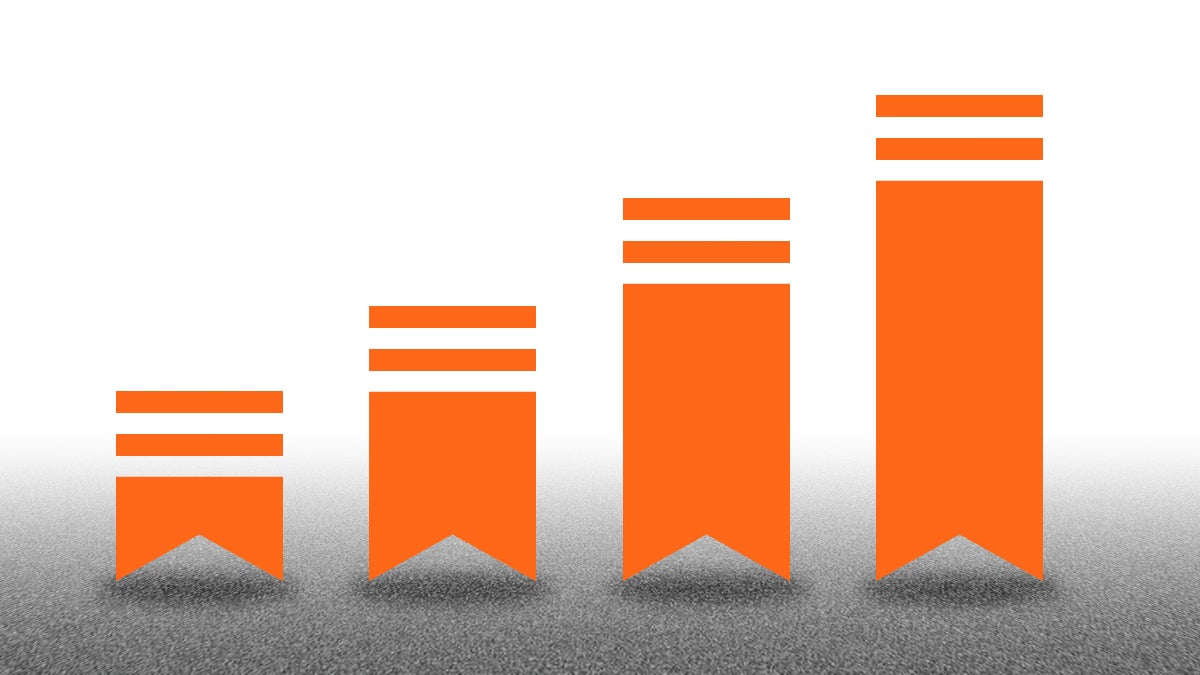
Recently, it feels like Substack has been doing everything it can to draw in multimedia creators: from live streaming, to podcasts, and even its own Creator Studio fellowship. But if this Nov. 18 New York Times article is anything to go by, it looks like it hasn’t been enough.
The article revealed that Elon Musk proposed acquiring Substack to enhance X paid subscriptions, which Substack CEO Chris Best declined. This, the article claimed, influenced Substack to pivot towards becoming a hub for serious political discourse in the hopes of poaching some of X’s political creators.
To achieve this, the article reported that Substack hired former CNN producer Catherine Valentine to lead its political strategy. Purportedly, this strategy strived toward analysis and civilized debate over the usual social media dynamics of politics.
But as this article reveals, this political pivot, among other things, wasn’t enough.
Is Substack profitable?
In the piece, it’s reported that while Substack has 4 million subscribers — more than outlets like the Washington Post — the platform earns less per customer.
Reportedly, Substack is still not profitable, with the platform losing $22 million in 2021. While the losses have stabilized in subsequent years, they allegedly persist.
Speaking to the New York Times, Substack co-founder Hamish McKenzie confirmed that the company is not profitable. Yet, he insisted that the company could be profitable if he wanted to, saying he was instead choosing to focus on “investing in and continuing to grow the business.”
McKenzie expanded on these thoughts in a post on Substack entitled “4 million,” although he never addressed the platform’s profitability directly. He noted how the subscription number was, in his opinion, “quietly slipped into the piece.”
“When thinking about numbers at internet scale, it’s easy to gloss over a number like 4 million,” he wrote. “But 4 million is a large number.”
He went on to describe Substack as a “new media ecosystem wherein “communities [are] built around ideas and cultural leaders.” What differentiates Substack, he added, was a lack of “pedigree,” meaning that anyone could have a fair shake at being a Substack creator.
“It’s a system designed specifically to help writers and creators succeed, and for everyone to find ideas and ideals to fall in love with,” he noted. “And it’s working.”




